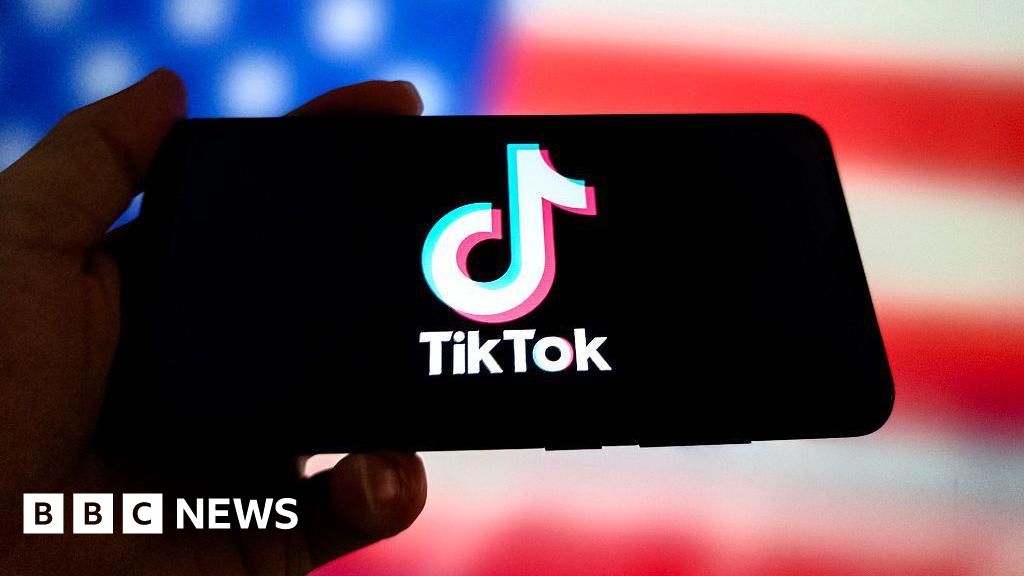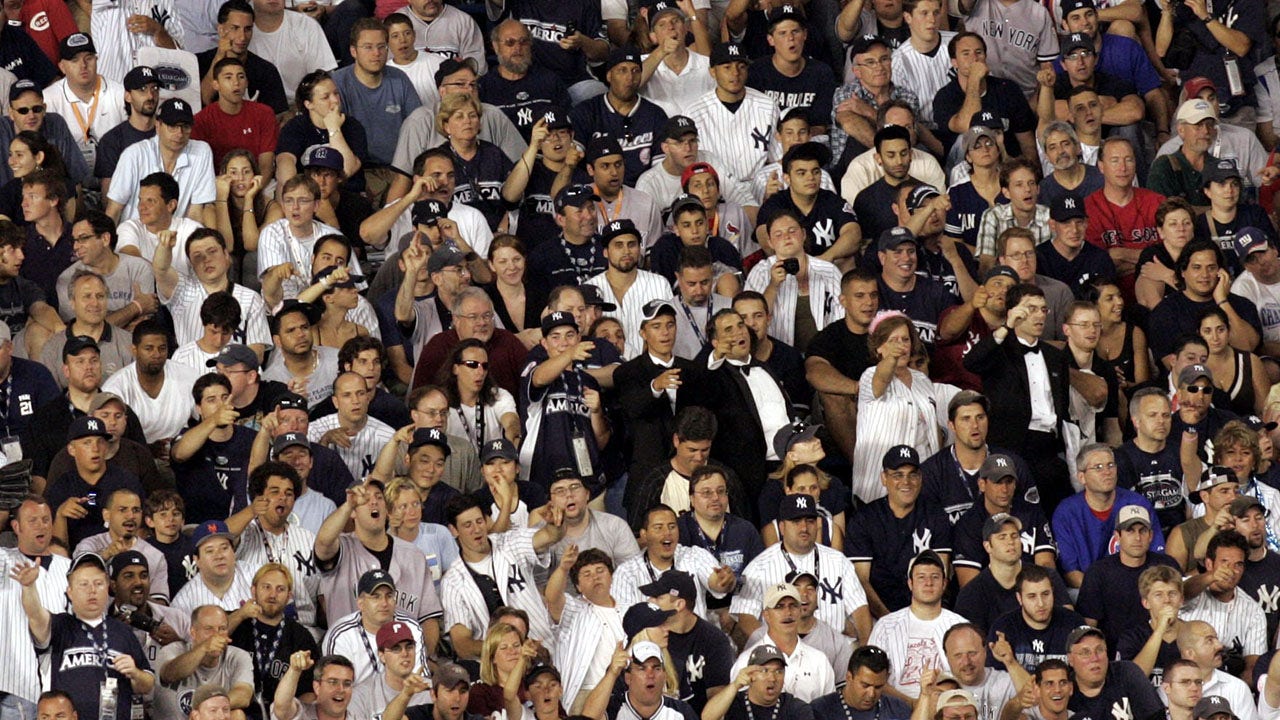The United Auto Workers is expanding its historic strike against Detroit’s Big Three automakers to include General Motors and Stellantis parts distribution centers across 20 states.
UAW President Shawn Fain said during a Facebook Live address on Friday that workers at 38 GM and Stellantis facilities will walk off the job at noon local time. GM and Stellantis “are going to need some serious pushing” to get closer to an agreement, said the union leader, who wore a black-and-white camouflage-printed union shirt.
“We’re not going to wait around forever for a fair contract,” said Fain. “The companies know how to make this right.”
Notably, the labor group is not targeting Ford for additional strikes. The union is making progress with Ford on wage, job security and other issues, according to Fain, who said the company “is serious about reaching a deal.”
Ford has agreed to dismantle the two-tiered wage system at its Components and Sterling axel assembly plant in Ypsilanti, Michigan, according to Fain. The automaker has also agreed to reinstate cost-of-living adjustments — which were eliminated in 2009 — and the right to strike over plant closures. Other concessions Ford made include beefed-up profit-sharing payments that will also be offered to temporary workers who have been on the job for 90 days.
“Ford is working diligently with the UAW to reach a deal that rewards our workforce and enables Ford to invest in a vibrant and growing future,” the company said in a statement Friday. “Although we are making progress in some areas, we still have significant gaps to close on the key economic issues.”
Roughly 5,600 Big Three workers will join the nearly 13,000 who are already on strike.
“In selecting the parts distribution centers, the UAW creates a scenario where manufacturing disruptions will be more difficult to predict or manage, and could be widespread,” Joe Langley, associate director of North American production forecasting at S&P Global Mobility. “A vehicle has thousands of parts, and if one is missing it cannot be completed.”
The UAW’s move to escalate the work stoppage highlights how far the side remain apart on core union demands, which include a 36% pay increase across a four-year contract, annual cost-of-living adjustments, pension benefits for all employees, greater job security and a four-day work week.
GM and Stellantis, the parent company of Chrysler, Dodge, and Jeep, have rejected the union’s proposals for job security, reduced-use of temporary workers and profit-sharing, which is why the union’s expanded strike targets their facilities, Fain said. Those plants will remain on strike until GM and Stellantis submit more substantive offers, he said.
GM said in a statement Friday that the strike targeting 18 of its facilities is unnecessary and that it adversely impacts “more than 3,000 team members plus their families and communities.”
“We have now presented five separate economic proposals that are historic, addressing areas that our team members have said matters most: wage increases and job security while allowing GM to succeed and thrive into the future,” the carmaker said in a statement. “We will continue to bargain in good faith with the union to reach an agreement as quickly as possible.”
Stellantis didn’t immediately respond to a request for comment.
The automakers argue they’re facing pressure to keep costs low in order to compete with Tesla and foreign car makers, while also investing money into the rapidly growing electric vehicle market. The companies also say their counteroffers are reasonable, while signaling they are willing to negotiate further.
“If we don’t continue to invest, we will lose ground — quickly,” GM President Mark Reuss wrote Wednesday in an op-ed published in the Detroit Free Press. “Our competitors across the country and around the world, most of whom are non-union, will waste no time seizing the opportunity we would be handing them.”
What does the UAW want?
Along with a wage hike and annual cost-of-living hikes, the UAW wants the Big Three to limit their use of temporary workers; strengthen job protections, including the right to strike over plant closings; and offer more paid time off. More broadly, the union argues that the Big Three reaped hefty profits as car prices jumped during the pandemic, while workers failed to enjoy the same benefits.
President Biden last week expressed support for striking autoworkers‘ demand for a larger share of industry profits.
“Companies have made some significant offers, but I believe it should go further — to ensure record corporate profits mean record contracts,” Mr. Biden said.
Why target the parts facilities?
The UAW is pushing automakers to eliminate the two-tiered wage system present at all three companies. Higher-tier workers — anyone who joined the company before 2007 — make roughly $33 an hour. Anyone who joined after that year is classified as lower tier, and their pay starts at around $17 an hour. Lower-tier employees also don’t receive defined benefit pensions, and their health benefits are less generous.
Fain said employees at parts distribution centers are disproportionately impacted by the pay structure.
“At Stellantis and GM… workers at parts distribution centers are permanently stuck on a lower wage scale,” he said. “For workers hired after 2015, top pay maxes out at just $25 an hour, and it takes eight years to get there.”
Although GM has offered to raise those wages, the UAW is also pressing for cost-of-living increases and more job security, Fain said.
Staging walkouts at the GM and Stellantis parts distribution centers is aimed at making it harder for the companies to repair cars at their dealerships, Fain said.
The move “goes at the hearts and lungs of auto operations for GM and Stellantis given the ripple impact/pressure points and is a clear shot across the bow at both,” Wedbush Securities analyst Dan Ives said in a report.
Lynne Vincent, a business management professor at Syracuse University, said the UAW’s “selective striking” strategy is aimed at maximizing the worker’ leverage while keeping the automakers off balance.
“It gives them the power of surprise so the Big Three cannot fully strategize and create their own counter tactic,” said Vincent, an expert on the psychological impacts of strikes.
Emily Elconin/Bloomberg via Getty Images
The UAW’s so-called stand-up strike — a rhetorical nod to the “sit-down” strike by GM workers in Flint, Michigan, in the 1930s — kicked off on September 15 when Ford, GM and Stellantis workers in Michigan, Missouri and Ohio walked off the job after negotiations between the automakers and the UAW failed to yield a new labor agreement.
The automakers responded by announcing temporary layoffs at some factories, beginning with Ford Motor which had temporarily laid off 600 non-striking workers at its assembly plant in Wayne, Michigan, on September 15, only hours after employees at the facility had walked off the job.
Stellantis announced this week it was temporarily laying off 68 workers at a plant outside Toledo because of the ongoing strike, with more layoffs expected at its transmission plant in Kokomo, Indiana. GM said it will lay off 2,000 workers at its plant in Kansas City, Kansas, because there’s no work for them since they depend on parts from the Wentzville facility.
Workers from those plants, as well as those walking off from the 38 distribution sites added Friday, will be paid through the UAW’s $825 million strike fund.
Here are the GM and Stellantis parts distribution facilities where workers are set to strike.
General Motors
- Pontiac Redistribution (Pontiac, Michigan)
- Willow Run Redistribution (Belleville, Michigan)
- Ypsilanti Processing Center (Ypsilanti, Michigan)
- Davidson Road Processing Center (Burton, Michigan)
- Flint Processing Center (Swartz Creek, Michigan)
- Lansing Redistribution (Lansing, Michigan)
- Cincinnati Parts Distribution (Westchester, Ohio)
- Denver Parts Distribution (Aurora, Colorado)
- Hudson Parts Distribution (Hudson, Wisconsin)
- Chicago Parts Distribution (Bolingbrook, Illinois)
- Reno Parts Distribution Center (Reno, Nevada)
- Rancho Cucamonga Parts Distribution (Rancho Cucamonga, California)
- Fort Worth Parts Distribution (Roanoke, Texas)
- Martinsburg Parts Distribution (Martinsburg, West Virginia)
- Jackson Parts Distribution (Brandon, Mississippi)
- Charlotte Parts Distribution (Charlotte, North Carolina)
- Memphis AC Delco Parts Distribution (Memphis, Tennessee)
- Philadelphia Parts Distribution (Langhorne, Pennsylvania)
Stellantis
- Marysville (Marysville, Michigan)
- Centerline Packaging (Center Line, Michigan)
- Centerline Warehouse (Center Line, Michigan)
- Sherwood (Warren, Michigan)
- Warren Parts (Warren, Michigan)
- Quality Engineering Center (Auburn Hills, Michigan)
- Romulus (Romulus, Michigan)
- Cleveland (Streetsboro, Ohio)
- Milwaukee (Milwaukee, Wisconsin)
- Minneapolis (Plymouth, Minnesota)
- Denver (Commerce City, Colorado)
- Chicago (Naperville, Illinois)
- Los Angeles (Ontario, California)
- Portland (Beaverton, Oregon)
- Atlanta (Morrow, Georgia)
- Winchester (Winchester, Virginia)
- Orlando (Orlando, Florida)
- Dallas (Carrollton, Texas)
- New York (Tappan, New York)
- Boston (Mansfield, Massachusetts)
















































